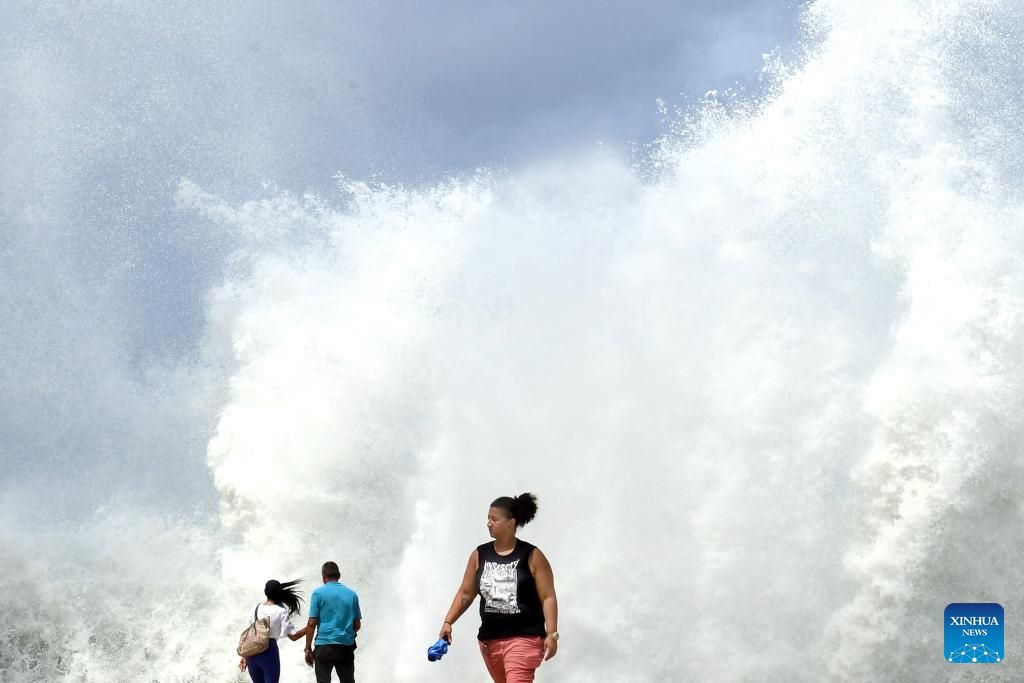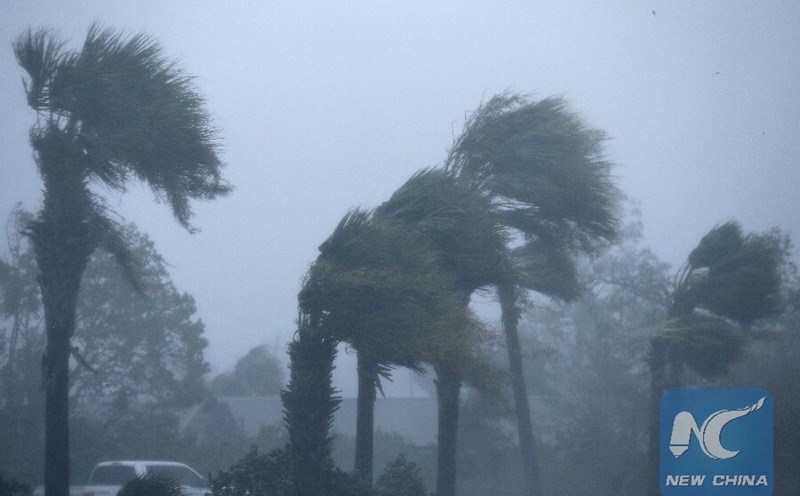Meteorologists have issued an early warning for an extremely active Atlantic hurricane season in 2025, with the number of named storms expected to exceed the average. But will El Nino make a comeback in time and ease the fury of nature?
According to a research team at Colorado State University (CSU), the 2025 typhoon season could record 17 named storms, of which 9 are likely to strengthen into typhoons and 4 have reached super typhoon status (from Category 3 to higher on the Saffir-Simpson scale). The forecast is among the highest in the past 30 years since CSU began releasing long-term forecasts in April every year.
While not as intense as the 2024 hurricane season - when the CSU accurately forecasted 11 storms - the number 9 is still among the highest in Colorado State University's April forecast history.
The most prominent point that warns of a high 2025 hurricane season is the unusually warm Atlantic and Caribbean sea temperatures, which will remain at a record high throughout 2023 and 2024. This is the ideal fuel for the rapid formation and development of storms.
CSU warned: Warmering the Atlantic Ocean not only makes storms stronger but also lowers atmospheric pressure and makes the air unstable both of which are ideal conditions for storms to form.
One factor that makes this year's forecast unpredictable is the unclear ENSO situation. Currently, the Pacific Ocean is in a weak La Nina state, and there is only a 13% chance of El Nino returning to the peak of the storm season (October-February).
Typically, El Nino could reduce the frequency of storms in the Atlantic by increasing floor-to-ceiling winds - a factor that ends young storms. But last year, El Nino was still present and the storm was still rampant - showing that this relationship is gradually becoming more unpredictable than before.
Scientists warn of another serious risk: the storm is intensifying rapidly. In 2024, nine storms rapidly intensified, including Milton from Category 1 to Category 5 in just 24 hours - leaving response almost unstoppable.

In addition, not only strong winds, heavy rains causing flash floods and landslides are a deadly danger. According to the US National Hurricane Center, storm-related rainfall has now surpassed the sunny caused by the storm to become the leading cause of death in tropical systems.
According to the Vietnam National Center for Hydro-Meteorological Forecasting, from March to August 2025, it is forecasted that about 6 to 13 storms will form near the East Sea. If the whole 2025 typhoon season is included, the total number of storms in the East Sea could reach 16 to 19.
Although there are still a few months left until the official hurricane season, initial signs suggest that nature may be more angry than in recent years. Early detection and preparedness not only help coastal countries cope better but also serve as a warning against climate change that is silently heating up the ocean.










